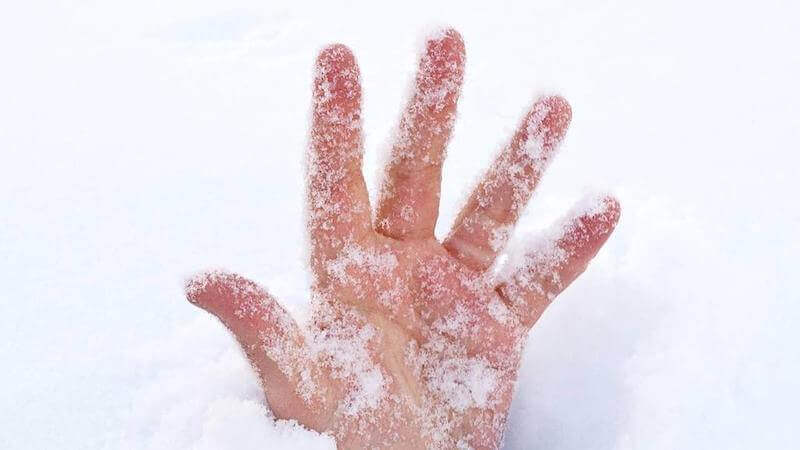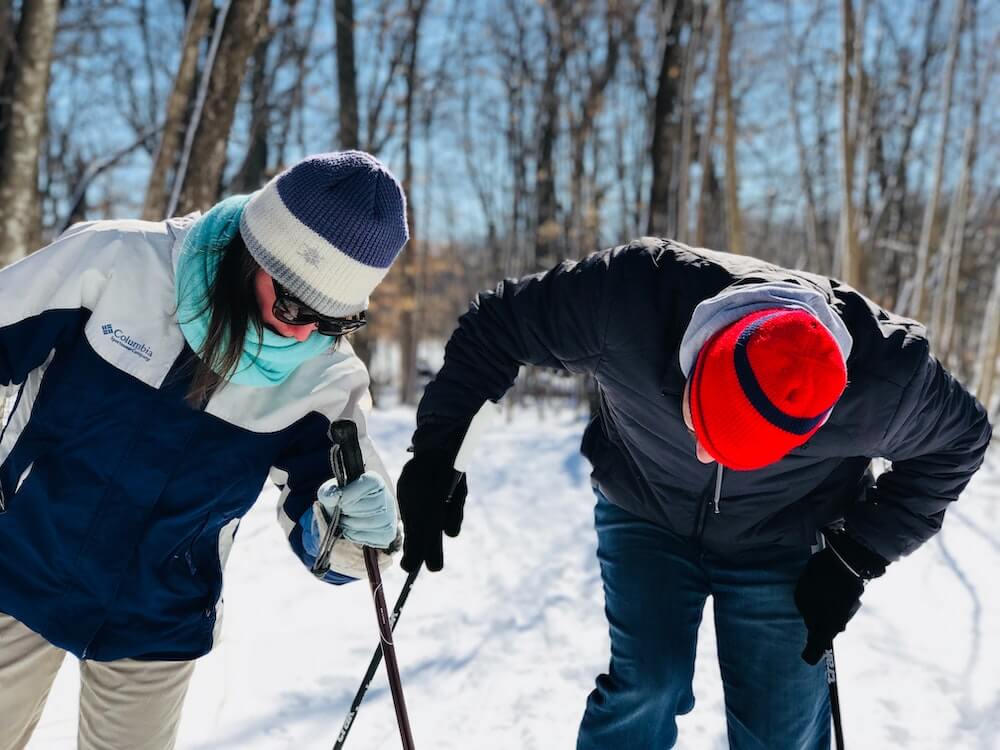Family Wellness
How to Prevent, Recognize and Treat Frostbite
You know the feeling – that latest storm cycle dropped at least 12” and you can’t wait to get first tracks; the Nordic course is perfectly groomed and calling your name; your pup really wants to go play in the snow, or friends are heading into the backcountry for a few untouched laps. It’s a magical time of year, but one that comes with a variety of weather and snow conditions that can lead to frostbite.
With Jack Frost blowing in freezing temperatures, snowstorms and blustery winter conditions, now is a good time to learn more about how you can get frostbite, how to prevent it, how to recognize it, and the best approach for treatment.

The Signs and Stages of Frostbite
Frostnip
If you’ve ever taken off your ski boots and found that your toes are numb before slowly warming with a tingly feeling, you might be experiencing the first stage of frostbite, known as frostnip. This early warning sign is simply that and doesn’t result in any permanent damage. Symptoms of frostnip can include numbness, painful tingling as the skin warms, and pale or red skin. While frostnip doesn’t result in any lasting damage, it can lead to more serious conditions if it goes untreated. In short, if you can’t feel your toes while you’re riding up the chairlift, it’s time to head into the lodge and warm them up.
Superficial frostbite
In the next stage, superficial frostbite can cause changes to skin color, resulting in red or pale-looking skin, which means something more significant than frostnip is happening. While the area might feel warm, the skin will actually be cold to the touch. If you start rewarming your skin at this point, it can sting, burn and swell, sometimes resulting in a fluid blister 12 to 36 hours later.
Deep frostbite
Think the gray or black skin of climbers after being stranded on a snowy mountain peak. This late-stage frostbite affects all layers of the skin, including deeper tissues. Essentially, the skin begins to die. During this stage, the skin will feel numb and even hard and waxy. Joints and muscles might also become stiff, and large blisters might begin to form 24 to 48 hours after you’ve begun rewarming the affected tissue.
How cold does it have to be to get frostbite?
Typically, single-digit Fahrenheit temperatures are when people start to experience the early stages of frostbite. Other factors to consider are wind and wind chill. When the temperature drops below zero degrees Fahrenheit, it doesn’t take long to get frostbite – sometimes only half an hour.

Choose your healthy journey to receive the information you want to reach your goals.
Aspen Valley Hospital has a wealth of classes, events and workshops to educate and empower our extraordinary community as we reach the summit together.
How to treat frostbite?
If you or someone you know has frostbite, seek medical attention. NEVER rewarm the tissue unless you can be 100% certain there is no chance of the tissue getting cold again before reaching medical care. At the time of assessment, it may be difficult to classify the seriousness of frostbite as symptoms may take days to manifest. An experienced medical professional can diagnose the injury and provide treatment guidance. Keep in mind frostbite is often accompanied by hypothermia and dehydration.
What is the best prevention for frostbite?
The best way to avoid frostbite is to prevent it. This can begin with simply monitoring weather conditions relative to your outdoor activity. If winter storm warnings and blustery, gusting winds are called for, maybe reconsider spending extended time outside. If you do venture into the flurry, make sure to bundle up. Layer appropriately and most importantly, wear clothing that covers areas most prone to exposure, including your face, ears, cheeks, chin, nose, toes and fingers. Buffs, neck gaiters, balaclavas, goggles and scarves are powerful preventers of frostbite. Wear gloves or mittens thick enough to provide proper protection. Thermal socks offer a great barrier to the elements. If you can spring for heated socks, those are even better. Layer in a way that keeps you warm and dry.
Being Prepared for Winter Activities in Colorado
Before the snow flies, make sure you’re ready for ski or snowboard season, including taking proper precautions that can help prevent ski injuries. If you’re heading to higher elevations, understand different weather patterns that might affect the area and your activity there, as well as how to stay healthy at altitude. Those who do extensive backcountry exploring or trips should have advanced wilderness medical training. If you’re craving additional information on frostbite and how to prevent and treat it, talk with your Aspen Valley Hospital primary care provider.




